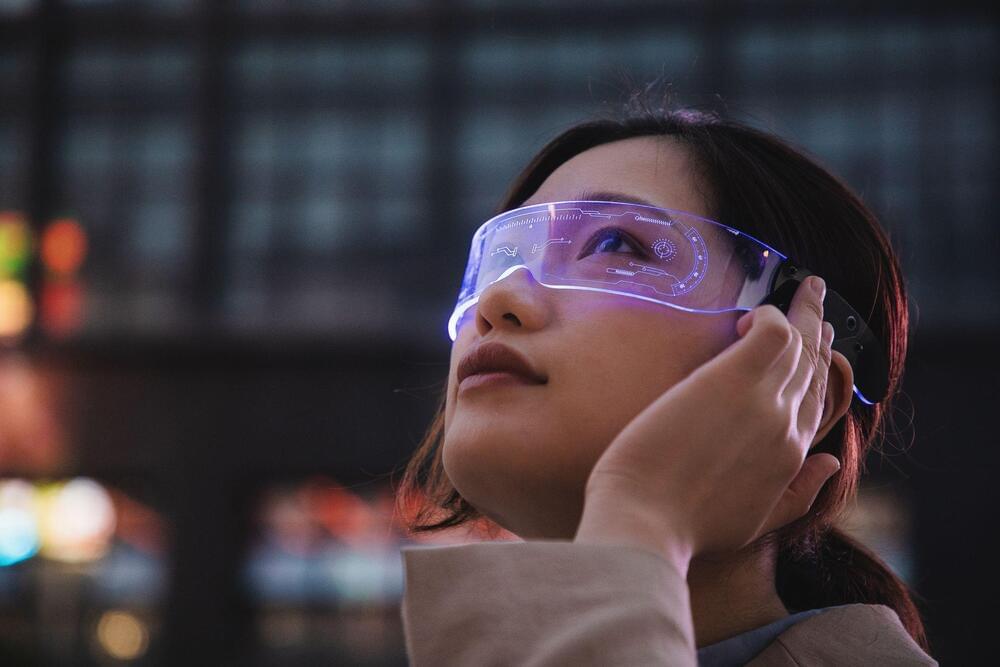According to the CATLs patent the next-generation sodium-ion battery’s energy density can easily exceed 200Wh/kg.


Despite the fact that floating around in space looks like a certified blast, it’s not something the human body is optimized for. In order to make these trips possible, scientists are going to have to figure out how to mimic Earth’s gravity in space.
» Subscribe to Seeker! http://bit.ly/subscribeseeker.
» Watch more Elements! http://bit.ly/ElementsPlaylist.
» Visit our shop at http://shop.seeker.com.
» Sign Up for Seeker’s Newsletter! https://www.seeker.com/newsletters.
We evolved with gravity constantly pulling on us at a rate of about 9.8 m/s2, or 1 g. Our bodies are built in a way that takes that into account. Our rigid bones can hold us up, our cardiovascular system can pump blood to and from our extremities, our vestibular system in our ears keeps us balanced, and so on. Our bodies are also good at adapting to our needs, which means when you take gravity away the body starts to change. Bones lose mineral density, hearts weaken, and the vestibular system shuts off because suddenly there is no “up” anymore. So long as the body stays in space these changes aren’t really a problem, but coming back to Earth and readapting to 1 g can be painful and disorienting.
To make the transition to Earth easier, astronauts on the ISS have to spend two and a half hours every day doing aerobic and resistive exercise. It takes a lot of valuable time and still doesn’t prevent all bodily changes, so maybe some sort of artificial gravity could be a better solution. The only practical way to recreate the effects of gravity would be by using centrifugal force, aka spinning. If you’ve ever clung for dear life to one of those whirligigs on a playground you know what I’m talking about. If astronauts could somehow be spun around that might mimic gravity enough to keep their bodies from changing too drastically. There have actually been several proposals on how to leverage centrifugal force, and each of them has its downsides.
One of them is a staple of sci-fi: a spacecraft with a gigantic rotating section. Inside the astronauts would be pushed towards the outermost wall and that would become the “floor”, so to speak, while the rest of the station would remain stationary and in microgravity. But a spacecraft like this would be really complex and expensive to build. Another design is a long spacecraft that twirls like a baton, creating Earth-like acceleration at either end. If the craft were about a kilometer long it would only need to rotate once or twice a minute, but a kilometer-long spacecraft would be about 10 times longer than the ISS and an incredible engineering feat.
#seeker #science #gravity #nasa #space.
Why does China want to build a kilometre-long spacecraft? And is it even possible?

Houston-headquartered renewables company EDP Renewables North America has completed a 200-megawatt (MW) solar farm in Randolph County, Indiana, northeast of Indianapolis. It’s now the largest-capacity solar farm in Indiana.
UnderstandSolar is a free service that links you to top-rated solar installers in your region for personalized solar estimates. Tesla now offers price matching, so it’s important to shop for the best quotes. Click here to learn more and get your quotes. — *ad.
Riverstart Solar Park has a sole 20-year power purchase agreement with electricity supply cooperative Hoosier Energy, which will use the clean energy to power households in central and southern Indiana and southeastern Illinois.
The center will unite researchers exploring quantum systems and their potential uses.
In the Dr. Allen and Charlotte Ginsburg Center for Quantum Precision Measurement, Caltech researchers will develop tools and concepts with the potential to influence all areas of science and technology through unprecedented sensing, measurement, and engineering capabilities.
The fulcrum of a major initiative in quantum science and technology, the center will unite a diverse community of theorists and experimentalists devoted to understanding quantum systems and their potential uses (see a video about the new center). It will bring together researchers in three fields that progress hand in hand: quantum sensing, quantum information, and gravitational-wave detection—the direct observation of ripples in spacetime.
The center will be housed in a six-story building to be constructed thanks in part to a generous donation by Dr. Allen and Charlotte Ginsburg to name the facility. The new building, fully funded by philanthropy, will bring architectural innovation to a historic campus entrance on California Boulevard.
In 2001, the founder of Mitticool ceramics learned many of his customers in India don’t have regular access to electricity. So he invented a fridge made out of clay. It keeps food 8 degrees cooler than the outside air, but it doesn’t need any electricity to run. And while other ceramics companies in the region shut down, Mitticool is thriving thanks to the success of the powerless, eco-friendly fridge.
MORE BIG BUSINESS VIDEOS:
How Millions Of Hearing AIDS Are Made In America | Big Business.
https://www.youtube.com/watch?v=Eri08ZZ1Kmo.
How This 8,000-Pound Crystal Went From Mine To Smithsonian | Big Business.
How This 8,000-Pound Crystal Went From Mine To Smithsonian | Big Business.
https://www.youtube.com/watch?v=Z9NQ6VEciFk.
#BusinessInsider #Ceramics #Mitticool.
Business Insider tells you all you need to know about business, finance, tech, retail, and more.
Visit us at: https://www.businessinsider.com.
Subscribe: https://www.youtube.com/user/businessinsider.
BI on Facebook: https://read.bi/2xOcEcj.
BI on Instagram: https://read.bi/2Q2D29T
BI on Twitter: https://read.bi/2xCnzGF
BI on Snapchat: https://www.snapchat.com/discover/Business_Insider/5319643143
Boot Camp on Snapchat: https://www.snapchat.com/discover/Boot_Camp/3383377771
How 15,000 Ceramics Are Made A Day In Gujarat | Big Business.

In social deduction games, groups of players attempt to decipher each others’ hidden roles. They need to observe the other players’ actions to deduce their roles while still hiding their roles. Essentially, to succeed in the game, the player needs to learn about the other agent through various sources while remaining anonymous. This needs players to cooperatively work against the other team.
Hidden Agenda
DeepMind and Harvard’s Hidden Agenda is a social deduction game to train multiple players in two fundamental groups. These teams are ‘Crewmates’ and ‘Imposters’. Crewmates have a numerical advantage with the goal to refuel their ship using energy cells scattered around, and Imposters have an informational advantage with the goal of halting the Crewmates. This means the Crewmates are unaware of the roles of the other players, but the Imposers have this knowledge. An environment is created where each player is randomly assigned a role and colour for their avatar at the start of each episode and initialised to a location on the game map.

Circa 2019
On February 28, at “New National Theater” in Tokyo, Professor Hiroshi Ishiguro of Osaka University announced the new model of the android “Alter” 「オルタ3」. The robot performed a fragment of the “Scary Beauty” android opera by Keiichiro Shibuya.
Alter 3 is part of a new Artificial Life (Alife) research project. The goal is to explore the future of human communication, and new forms of entertainment. Mixi Corporation, Tokyo National University, Osaka University, and Warner Music Japan Co. Ltd are behind the project.
A challenge of this research is to answer fundamental questions such as whether the robot can acquire a view of life on its own by interaction with the outside world, and through this, what is life.


Pfizer Japan Inc. said Friday it has applied to the health ministry for approval of its COVID-19 pill which, if granted, would make it the second oral drug for mild coronavirus cases available in the country.
The new drug application for Paxlovid, a combination of the antiviral drugs nirmatrelvir and ritonavir, comes as Japan is battling its sixth surge of COVID-19 cases amid a spread of the omicron variant, with the country already agreeing to procure enough of the drug for 2 million people.